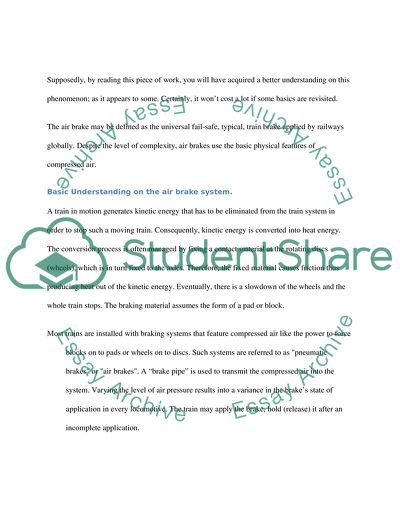Cite this document
(“How Air Brakes on Trains Work Article Example | Topics and Well Written Essays - 1500 words”, n.d.)
Retrieved from https://studentshare.org/english/1594993-how-air-brakes-on-trains-work
Retrieved from https://studentshare.org/english/1594993-how-air-brakes-on-trains-work
(How Air Brakes on Trains Work Article Example | Topics and Well Written Essays - 1500 Words)
https://studentshare.org/english/1594993-how-air-brakes-on-trains-work.
https://studentshare.org/english/1594993-how-air-brakes-on-trains-work.
“How Air Brakes on Trains Work Article Example | Topics and Well Written Essays - 1500 Words”, n.d. https://studentshare.org/english/1594993-how-air-brakes-on-trains-work.


